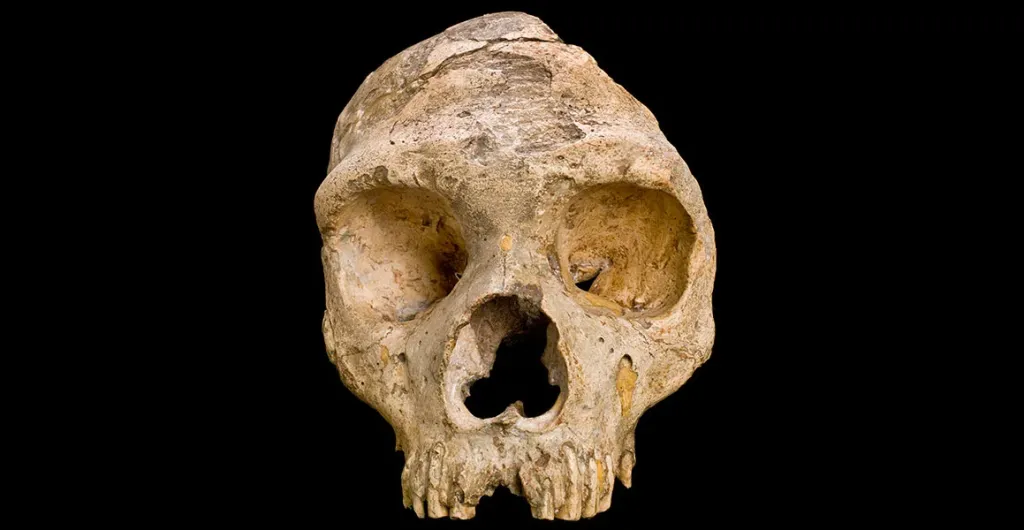Using one of the best-preserved Neanderthal skeletons discovered in the last millennium, scientists have recreated the face of a woman from an extinct human species who lived about 75,000 years ago. This skeleton was found in the infamous Shanidar Cave, where Neanderthals may have practiced flower burial rituals. His story is featured in Netflix’s latest documentary series, Secrets of the Neanderthals.
Shanidar Cave, discovered in Iraqi Kurdistan in the 1950s, has been revealed to host some of the most significant Neanderthal archaeological finds, including the remains of at least ten individuals. Of particular note are the burials found, which have helped rethink the perception that Neanderthals were highly advanced thinkers and not merely primitive creatures.
References to five people being buried under a large rock testify to the importance of this place used by different generations. The discovery of pollen mounds in the 1960s led us to believe that the dead might be honored with flowers here.
“Neanderthals reused this burial site for centuries, possibly millennia,” said Dr Emma Pomeroy from the University of Cambridge. “This suggests that special attention was paid to a place that could have a significant symbolic load.”
A new woman, identified as Shanidar Z, was buried under a large rock and her skull was crushed. Analysis of his teeth indicates that he died in his late 40s and may have had high status in his society.
Scientists removed and reconstructed the skull and used it to create a face. According to Pomeroy, this process required special care due to the fragility of the material.
“Neanderthal skulls differ from humans in their broad brow ridges and lack of a chin, but the reconstructed face showed that these differences may not have been so apparent throughout life,” says Pomeroy. “As Neanderthal genes are still present in modern humans, this helps understand possible interbreeding between our species.”
Recent research confirms a significant number of common traits between Homo sapiens and Neanderthals, such as using fire, cooking and creating art, indicating a high level of mental development.

The “flower burial” theory in Shanidar Cave has been refuted by new evidence that pollen may have been brought to the cave by nesting bees, not by humans. But analysis of remains found at the site shows that ancient Neanderthals were sensitive and emotionally advanced creatures. This is confirmed by the findings of a person with limited physical abilities who, by all accounts, received constant care throughout his life.
Professor Graham Barker, head of the excavation, said: “Neanderthals have long been under public scrutiny since they were first discovered 150 years ago. “Our findings suggest that Neanderthals were able to think about death and its consequences in the same way as their closest evolutionary relatives, humans.”
Source: Port Altele
